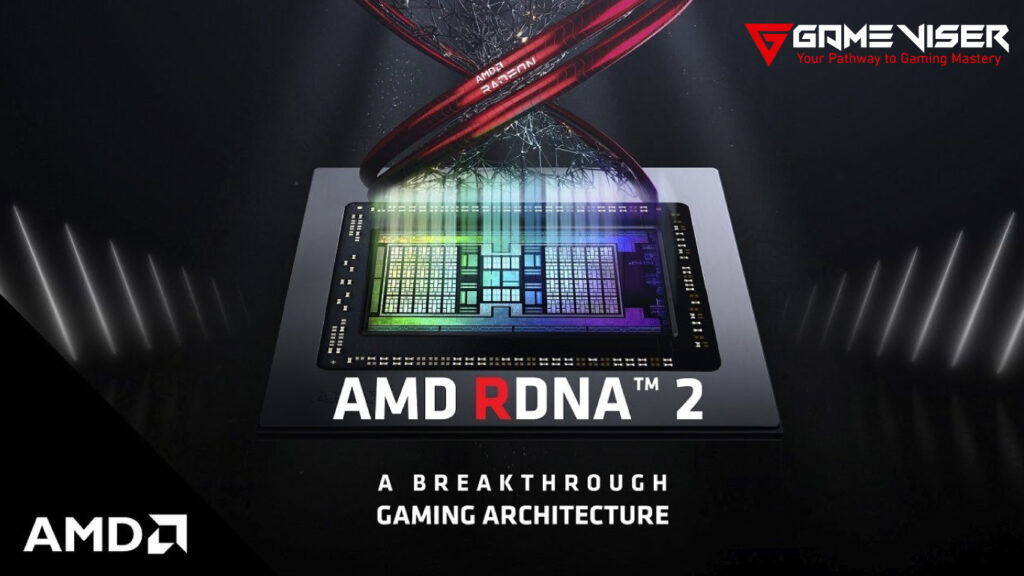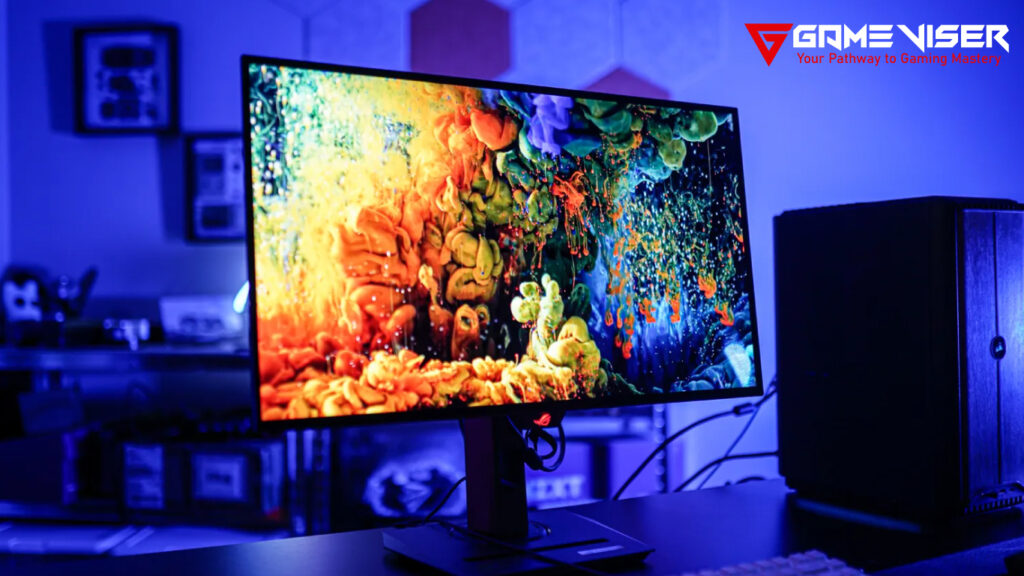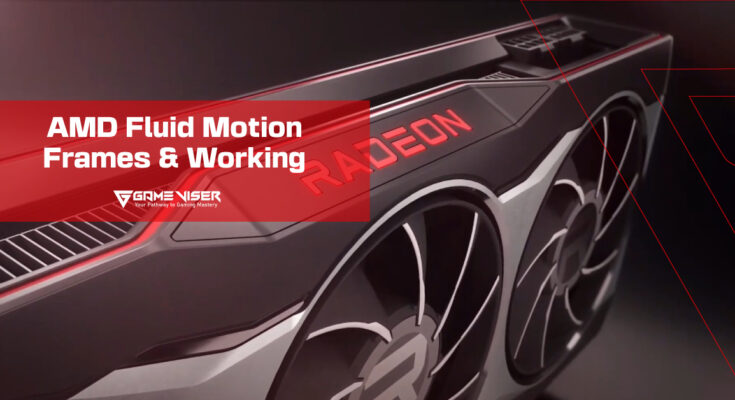Discover what AMD Fluid Motion Frames (AFMF) is and how it works to improve gaming with smoother frame rates and reduced motion blur. Learn its benefits, setup, and more!
Table of Contents
Introduction
As gaming technology continues to advance, achieving smooth and immersive gameplay has become a top priority for gamers and developers alike. One standout innovation in this domain is AMD Fluid Motion Frames (AFMF). This technology enhances frame rates and reduces motion blur and delivers a seamless gaming experience.
In this article, we’ll delve into what AMD Fluid Motion Frames is, how it works, its benefits, and its impact on the gaming industry. Let’s also look at how it compares to competing technologies and its requirements for implementation.
What is AMD Fluid Motion Frames?
AMD Fluid Motion Frames is a proprietary technology developed by AMD (Advanced Micro Devices), aimed at delivering smoother visual performance in gaming and video playback.
AFMF works by generating additional frames between existing ones, effectively increasing the frame rate. This is particularly useful for gamers using high-refresh-rate monitors or playing graphically demanding games on hardware that might struggle to maintain consistent frame rates.
How Does AMD Fluid Motion Frames Work?
AMD Fluid Motion Frames relies on frame interpolation technology. This process involves analyzing two consecutive frames and predicting a new frame to insert between them.
Here’s a step-by-step breakdown:
- Frame Analysis: The system identifies motion vectors within consecutive frames to determine object movement.
- Frame Generation: Using advanced algorithms, AFMF generates a new intermediate frame that aligns with the detected motion patterns.
- Smooth Output: The newly created frames are added to the display stream, effectively doubling the perceived frame rate.
For example, if a game runs at 60 FPS, AMD Fluid Motion Frames can interpolate and produce 120 FPS, resulting in a smoother visual experience. The technology leverages AMD’s GPU architecture, such as RDNA and RDNA 2, to perform these calculations in real-time.

Benefits of AMD Fluid Motion Frames
The introduction of AMD Fluid Motion Frames brings several benefits to the table:
A. Smoother Gameplay
By interpolating frames, AFMF significantly reduces screen tearing and stuttering, ensuring smoother gameplay.
B. Enhanced Visual Quality
The technology minimizes motion blur, making fast-paced action sequences appear more fluid and natural.
C. Hardware Optimization
AFMF reduces the workload on the GPU by focusing on frame interpolation rather than rendering every frame from scratch.
D. Cost-Effectiveness
Users with mid-range GPUs can enjoy high-refresh-rate gaming without upgrading to more expensive hardware.
E. Broad Compatibility
AFMF supports a wide range of applications, including video playback, virtual reality, and cloud gaming.
How to Enable AMD Fluid Motion Frames
Enabling AMD Fluid Motion Frames is straightforward, provided your system meets the necessary requirements:
- Update Drivers: Ensure your AMD GPU drivers are up to date. Visit the official AMD website to download the latest version.
- Access AMD Adrenalin Software: Open the AMD Adrenalin software and navigate to the Display or Gaming settings.
- Toggle Fluid Motion Frames: Enable the feature by switching on the corresponding option.
- Adjust Settings: Customize frame interpolation levels based on your preference and system performance.
- Test and Optimize: Launch your game or media application to observe the changes and tweak settings as needed.
Requirements for Using AMD Fluid Motion Frames
To leverage AMD Fluid Motion Frames, ensure your system meets these requirements:
- AMD GPU: Compatible with RDNA or RDNA 2 architecture.
- AMD Adrenalin Software: Version 2023 or later.
- Monitor: A high-refresh-rate display (e.g., 120Hz or 144Hz) is recommended.

- Game Compatibility: While most modern games support frame interpolation, some titles might require updates or patches.
AMD Fluid Motion Frames vs. Competitors
AMD Fluid Motion Frames isn’t the only frame interpolation technology on the market. Let’s compare it with alternatives:
| Feature | AMD Fluid Motion Frames | NVIDIA DLSS | Intel XeSS |
|---|---|---|---|
| Frame Interpolation | Yes | Partial (DLSS 3) | Partial |
| AI-Powered | No | Yes | Yes |
| Hardware Dependency | AMD GPUs | NVIDIA GPUs | Intel GPUs |
| Performance Boost | High | Very High | Moderate |
| Broad Compatibility | Yes | Limited | Limited |
While NVIDIA’s DLSS 3 and Intel’s XeSS rely heavily on AI, AMD’s approach focuses on efficient algorithm-based interpolation, making it more accessible to mid-range hardware.
Use Cases for AMD Fluid Motion Frames
AMD Fluid Motion Frames has versatile applications:
- Gamers benefit from fluid motion, especially in action-packed genres like FPS, racing, and sports games.
- AFMF enhances video playback, delivering smoother visuals in 4K HDR movies or high-frame-rate streams.
- In VR, consistent frame rates are critical to prevent motion sickness. AFMF ensures a stable and immersive experience.
- Cloud gaming platforms leverage AFMF to reduce latency and improve video quality for remote play sessions.
Conclusion
AMD Fluid Motion Frames is a game-changing technology that improves visual performance across gaming and multimedia applications. By leveraging advanced frame interpolation, it offers smoother gameplay and improved visual quality, even on mid-range hardware. Whether you’re a gamer seeking competitive advantages or a media enthusiast looking for an upgraded viewing experience, AMD Fluid Motion Frames has something to offer.
FAQs
Is fluid motion frame good for FPS?
Yes, it enhances smoothness and reduces stutter in FPS games.
How do I enable an AMD fluid motion frame?
Update AMD drivers, open Adrenalin software, and toggle Fluid Motion Frames in settings.
What is the difference between FSR and Fluid Motion Frames 2?
FSR upscales resolution; Fluid Motion Frames interpolates frames for smoother visuals.
Does AMD FSR improve graphics?
Yes, it enhances resolution and visual quality in supported games.
Does fluid motion frame increase latency?
No, it is designed to maintain minimal latency.
Can I use AMD fluid motion frames on Nvidia?
No, it is exclusive to AMD GPUs.
Which FPS is good quality?
60 FPS is good; 120 FPS or higher is ideal for smoother gaming.




